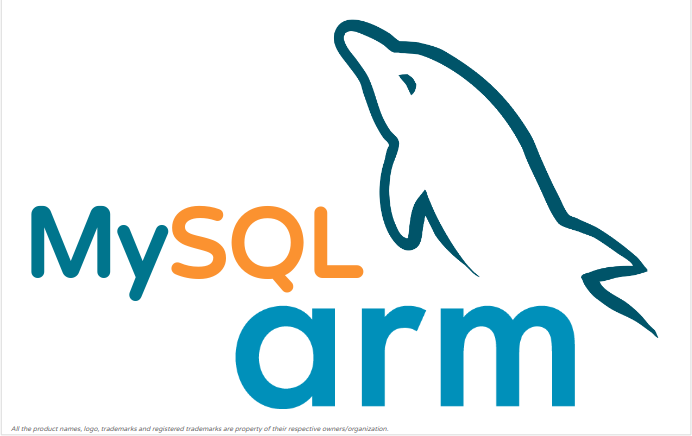Why ARM?
ARM processors are everywhere. It is quite likely some of you may be reading this blog from an ARM powered device. Phone, IoT devices, consumer and home appliances, health-care devices, all are powered by ARM processors. ARM processors are known to be power efficient and so most of these devices that demands a long recharge cycle but less processing power started using them.
But this has changed in the past few years. More and more ARM processors are being used for high-end applications like database server, web server, application server, big data use-cases. They have already made their way to the data-centers as a server class machines. They are being looked upon as a cost effective option while running applications in cloud.
ARM ecosystem evolution
Few years back it was difficult to imagine that ARM would be used for running some high-end server class applications. There were 2 major reasons that I could think off:
- ARM were best suited for small handheld devices.
- ARM ecosystem was limited around the specific product it supported.
ARM ecosystem has really picked up well after some major OS providers added support for it including RedHat (CentOS), Ubuntu, Debian, Windows. This eased out porting of the major softwares to ARM. ARM community gave it a push to make sure most of the standard softwares are available on ARM viz. IDE, DB-server, Hadoop and all its variants from Apache Foundation, CI/CD software, Container, Virtualization, etc…
The ARM model that allows other vendors to license and develop their own ARM processors further helped fueled its popularity with more chip designers joining, collaborating and innovating.
Break-through came with major cloud providers like Amazon started providing ec2 instances (currently invitation only) based on ARM processors this means now everyone can boot an ARM instance and start developing/porting their software on ARM. This helped further grow the ecosystem.
What was missing?
Though most of these software have been ported to ARM they were not yet optimized for ARM. ARM has a weak memory model, can fit more cores in smaller space, difference in low-level instruction (for software that uses them), etc..
This was the start of the 2nd phase of ARM where the community/developer/user started moving from “running software on arm” -> “optimizing software on arm”. I think this was a major win for the arm community when users started to think ARM seriously and started spending efforts on optimizing their software on ARM.
This (especially optimization) is a never ending process but I see first goal is to at-least be on par with x86. I purposely say “onpar” because each of architecture has its own USP so say if you port an enterprise class application to ARM and you can offer it to customer @ 50% of the cost (operating cost + initial investment) for 75% of the performance of x86 I think that would be still be attractive fit for most of the customers (especially given application are horizontally scalable). Of-course that doesn’t mean all applications run on ARM at reduced speed, in fact there are applications that run on ARM faster than x86 and since the optimization phase has just started in next few years a lot of applications would be running on ARM faster than other architectures.
Go Green
It is everywhere and especially a matter of major concern for data-center operators (small or big). ARM being power efficient can save approximately 50% of the power compared to other architecture. This makes it help support Go-Green initiative.
ARM is Next-Gen processor
It is interesting why I referred to it this way. Next generation kids are actively using kits like Andrino, Raspberry Pi, Odroid, Banana Pi, Asus tinker board, etc…. to build some of the next-gen system. These kids will be defining the next generation of computing. Given they started with ARM their social community has grown around ARM in the next few years there would be an army of ARM users/developers with a very active community.
All the groundwork and good things that are being built at this stage around ARM will be pushed to the next level once this workforce becomes active.
ARM in Desktop/Laptop
This is catching up fast and no wonder if we start seeing ARM based Desktop/PC workstation/Laptop (there are already few) commonly being used.
Conclusion
The ARM Ecosystem looks a lot more fascinating and full of new challenges and opportunities. Current decade will be ruled by ARM based processors and it will be everywhere from tiny wearable devices to high-end movie experience, from auto-driving cycle/car to jumbo jet/space-craft. It is estimated that there would be 35 active ARM power devices per person. That’s Ocean of Opportunity.
If you have any comments feel free to drop an email (check about section)
